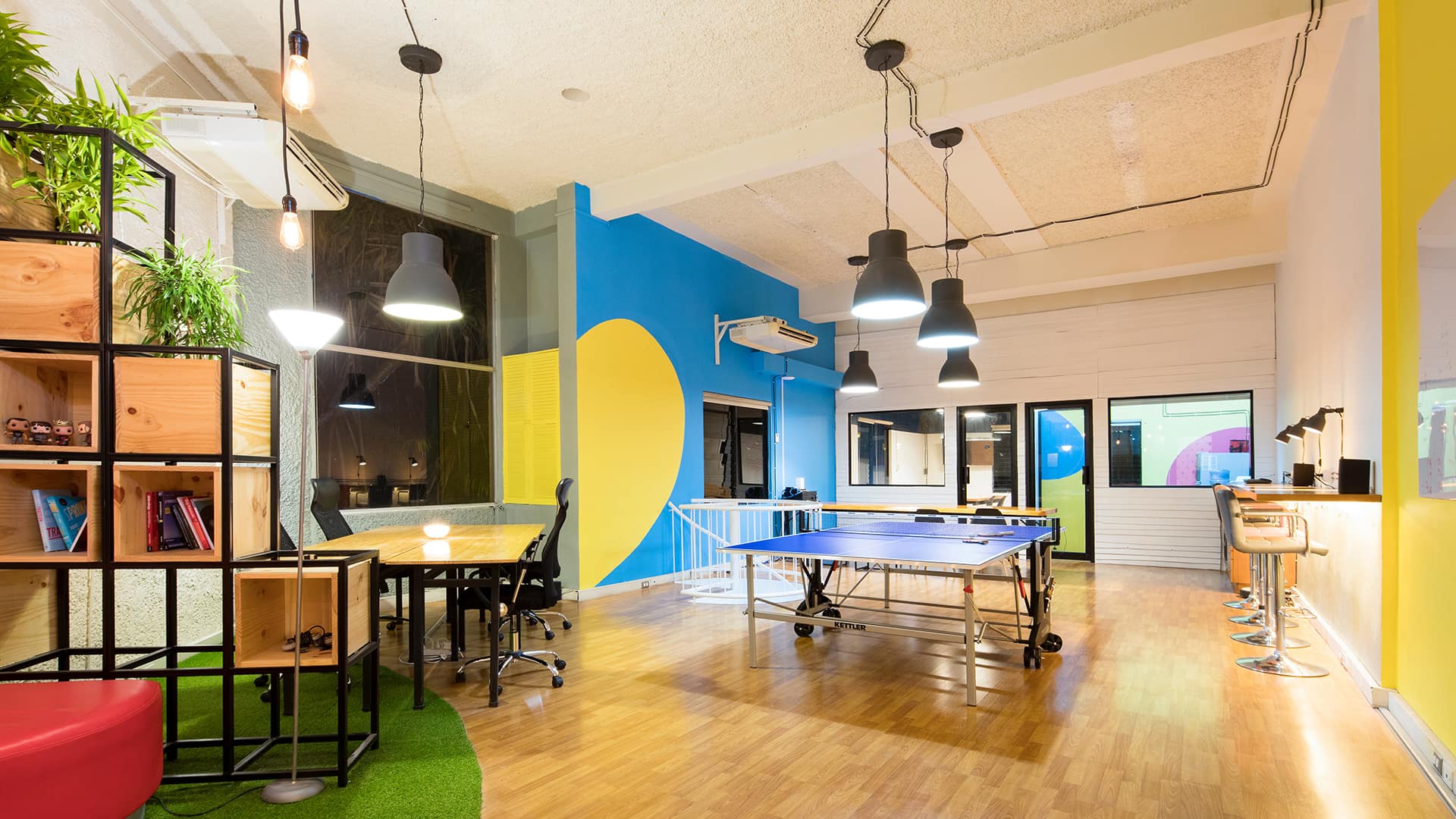Every designer should be familiar with User Experience laws and principles to deliver the most authentic virtual experience to their clients. There are plenty of such principles, but in this article, we will explore ten of them that we think are the most vital. Many of these principles were coined years ago but are relevant, especially in today’s digitized world. Let’s look more closely at each of them.
Being consistent
Advocates of user experience stress the importance of being consistent when it comes to design. It refers to the fact that there should be coherence among all components of a design so that the user experience is simplified and navigable. There are internal consistencies that refer to the fact that similar functions should use the same components for accomplishing the same tasks. In addition, external consistencies describe how functions should work as a unified whole.
Effect of aesthetic usability
This principle stresses the fact that a design that is more pleasing to the eye will be better appreciated by the user. Consequently, the design that is less attractive will not be as useful or appreciated. When the overall design is appealing, customers usually tend to tolerate smaller flaws due to the positive response that it generates. This principle is based on the observation that in general, people are typically drawn toward objects and experiences that are beautiful.
Simplicity in design elements
Research conducted on user experience stresses the importance of maintaining simplicity in design. Designers should always keep their craft simple to heighten user engagement and appreciation of their work. Design that is simple is also more soothing for the eye.
In addition, the concept of minimalism is widely appreciated and recognized universally. This is not only because it is cheaper to create and implement, but it is also easy to navigate. This makes minimalistic designs more manageable and dependable.
Social impact
Social impact on design principles cannot be understated. People usually tend to be influenced by what others are doing and showing interest in. Customer reviews, feedback, influencer marketing, etc. are all tactics that prove the popularity of social perception in the world. As a designer, you can research trends of other designers that are popular among users. You can design ways to adopt them into your design principles or elevate them to offer a better experience than your competitors.
Value of familiar experiences
According to this principle, most users tend to value things that they are familiar with in comparison to new things. This is because familiarity enables people to get accustomed to the way things work which takes away time for thinking. Though this quality may not seem appealing to designers who love to constantly innovate, it is nonetheless an important principle that can help to retain the majority of your users.
The Ikea effect
According to the Ikea effect, people tend to associate a higher value with something that they have invested their resources in. Consequently, if you allow your users' opportunities to create and customize products according to their preferences, the perceived value for your products will be greater for them. This will help to enhance your user engagement and retention levels.
Motivation toward goals
The psychology of users serves as a crucial component of this principle. Research indicates that instead of assessing how far they have come, people tend to feel more motivated when they examine how close they have come to their goals. When people perceive that the end is in sight, they will work on their current behavior and try to attain progress.
In terms of design, this principle is relevant because showing factors like progress and status helps to keep a user motivated. If a user is unable to see how much they have accomplished, they will likely lose their focus and not complete their task.
Difficulties with plenty of choices
An economics principle called Choice Overload highlights the issue of having too many choices for users. Sometimes, providing too many options may not yield the best results for a user. Rather, as you add more features to a product or service, the more complex it becomes. This prohibits a design from being user-friendly and negatively impacts its performance.
By contrast, limiting options that you provide customers can be beneficial in enabling them to make decisions more promptly. It can also avoid confusion and prevent consumers from getting distracted. As a consequence, customers will tend to appreciate your design more which enhances its value.
Prioritizing efficiency
Improving efficiency depends on making strategic decisions whereby you can get the most out of investing minimal efforts. According to the principle, efficiency can be achieved if you are focusing the majority of your time and resources on essential areas that yield the greatest impact. The rule is that investing 20% of your efforts can return 80% in results. For instance, Microsoft discovered that repairing the top 20% of bugs in their system fixes 80% of the issues within their system.
Recognition over recall
Recognition over recall stresses the idea that our brain is better at recognizing patterns rather than remembering information. For instance, users tend to quickly associate icons with functions instead of words since the former is easier to recognize. Designers can therefore incorporate illustrations and other patterns to help simplify the user experience.
Website design Services
Plenty of experience in producing powerful designs for our clients
Our team consists of top UI and UX designers from Florida who have plenty of experience in producing powerful designs for clients. At Thrust, we like to make our work stand out from the crowd by presenting a clean, well-constructed experience in everything we build.
design agency" href="https://bythrust.com/website-design/">Learn more

